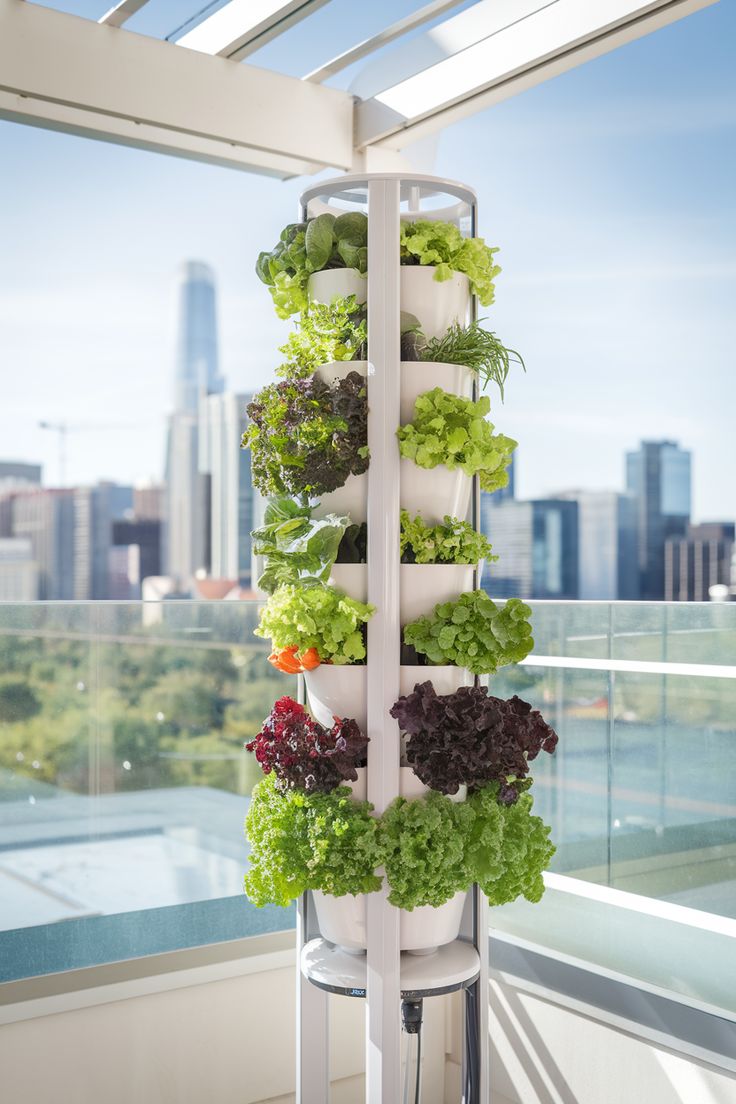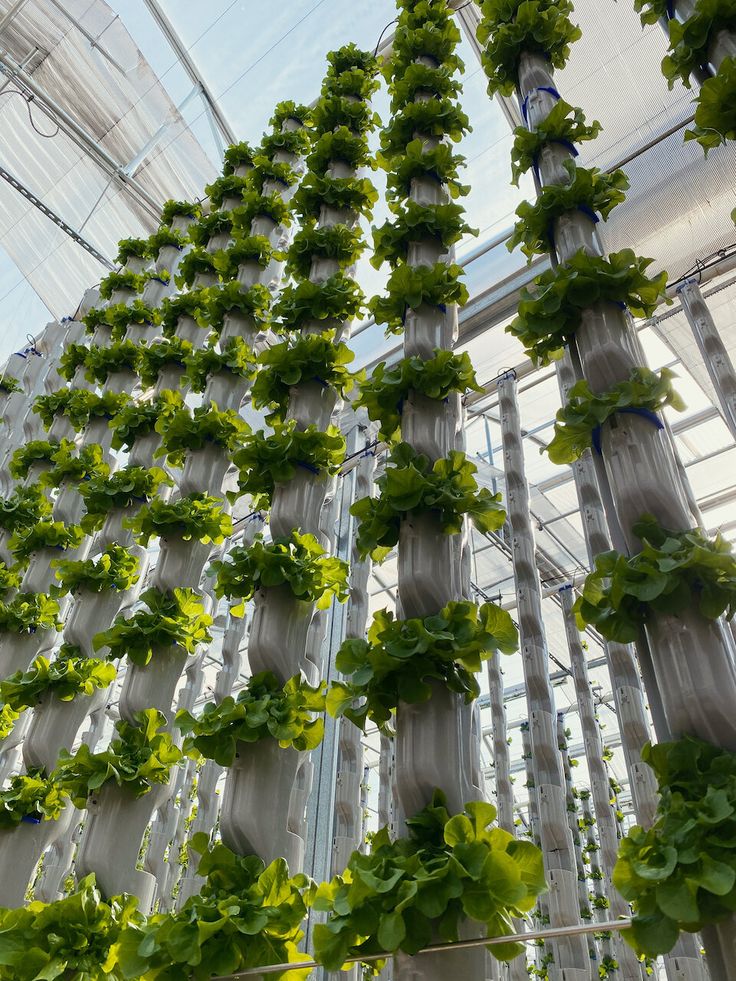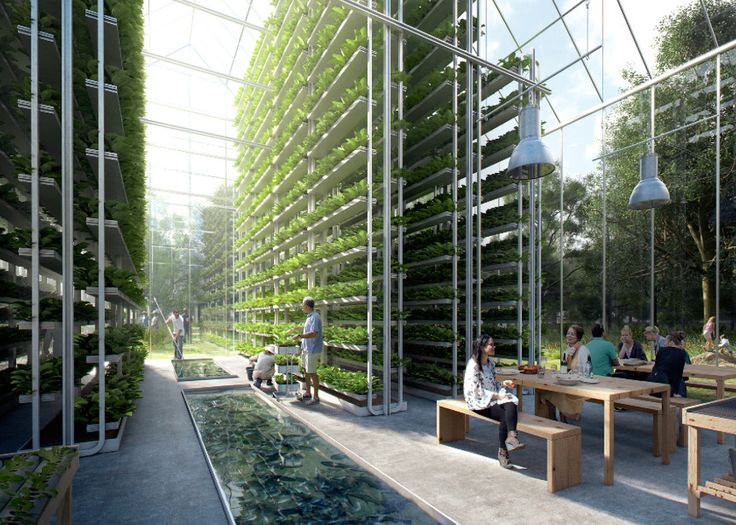Will your balcony be the next farm?
Imagine that you wake up every morning, instead of rushing into the elevator, you walk into the vertical farm next door to your house. Under the soft LED light, tomato vines are spreading, and the air is filled with the fragrance of soil and fruit. You pick a red tomato and take a bite. It's sweet and juicy. And this "farm" may be located on the 50th floor above you.
It sounds like science fiction, but it is becoming an inevitable future when the land under our feet is becoming scarcer and scarcer. We live in a two-dimensional world, trapped on a plane. However, when the population explodes and the city expands, we have to look up for the answer. The answer is "vertical city".

Traditional skyscrapers are just simple "box stacks" containing offices and apartments. They are static and consume energy, like cold monuments. The vertical city in the future will be a living and breathing life.
It is not only a simple vertical superposition of residential, office and commercial spaces, but more importantly, it integrates the whole ecosystem into it. At different heights of the tower, we can see different functional areas: the bottom may be a market and public transportation hub, the middle is an efficient office area and residential units, and the specific floors at the top and middle are reserved for vertical agriculture.
Vertical Farming is the core of this technology. It uses techniques such as hydroponics, air culture or aquaponics to grow crops in multiple layers indoors. Compared with traditional agriculture, its advantages are subversive: in a limited area, it can provide hundreds of times the planting area; Water recycling, saving more than 95% water than traditional agriculture; Indoor closed environment, no need to worry about pests and diseases, bid farewell to pesticides, and produce real organic food; It is not affected by climate and can be continuously produced in any season and any place.

This is not only about planting, but also a brand-new lifestyle. Imagine that your company's lunch is no longer a takeaway, but the freshest vegetable salad provided by the farm upstairs. Residents no longer need to drive to the supermarket in the outer suburbs, and their fresh ingredients are close at hand.
The aspiration for a vertical city is inextricably linked to the backing of a range of state-of-the-art technologies. The first is the Smart Building Management system. This system is like the "central nervous system" of a city, monitoring and adjusting energy consumption, air quality, temperature and illumination in real time. It ensures the comfort of residential area, the efficiency of office area and the best growth environment of vertical farm.
Secondly, renewable energy technology is its blood. The outer wall of the tower may be covered with photovoltaic cells, wind turbines are installed on the roof, and even the huge temperature difference of the tower body is used to generate electricity. These energy-self-sufficient cities will greatly reduce their dependence on external power grids.
Finally, automation and robotics will permeate every corner. From automatic sowing and picking robots in vertical farms to unmanned aerial vehicles for goods distribution in buildings to maintenance and cleaning robots, they will jointly build an efficient urban machine.

This mode of seamless integration of living, work, leisure and production will completely change our lives. Commuting time will be greatly shortened, the relationship between man and nature will be reconnected, and the community will become closer.
In the future, we no longer need to sacrifice precious cultivated land to meet the expansion of the city, nor do we need to let agricultural products travel long distances to our table. Every vertical city will be a self-sufficient "micro-planet" floating on scarce land, providing a more sustainable and better home for mankind.
(Writer:Haicy)


